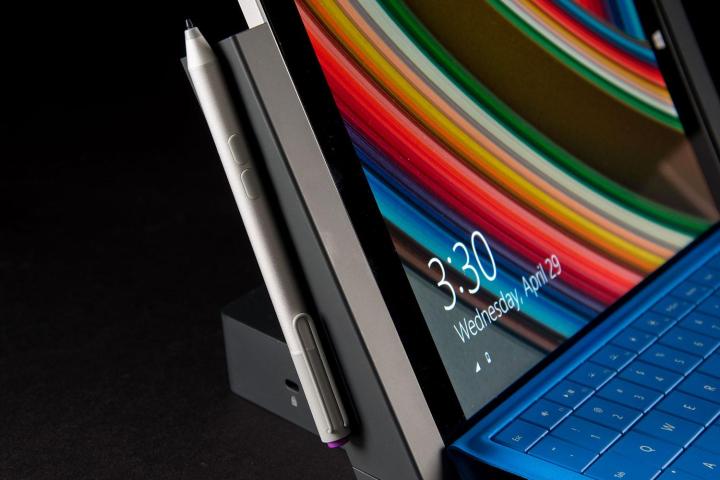
The recently released Surface 3 looks set to be the jewel in the crown on Microsoft’s efforts to expand Windows beyond the PC. The device is one of the best examples thus far of the functionality of a PC being mixed with the form factor of a tablet, but it’s reportedly not yet ready for the latest version of Windows.
The problem seems to be the absence of some drivers for the Intel Atom processor that the Surface 3 runs on, according to a Microsoft Answers post by Community Moderator Barb Bowman. The impetus seems to be on Intel to release these drivers, and users are being advised to wait until they’re available before installing Windows 10 on a Surface 3.
A workaround is possible via the use of drivers designed for Windows 8.1, but given that Microsoft is advising against that method, it would seem like an unwise path to follow. Windows 10 is still pre-release software, and as such it doesn’t have the stability of a consumer product.
For now, the ball is in Intel’s court — but the problem should be resolved relatively quickly. Windows 10 is expected to launch before the end of 2015, and Microsoft will want some time for its implementation on the Surface 3 to be ironed out as part of the Technical Preview. Users shouldn’t have to wait too long to install the hotly anticipated OS on their new device, but for the moment it’s advisable to make do with Windows 8.1.
Editors' Recommendations
- Windows 11 might nag you about AI requirements soon
- You’re going to hate the latest change to Windows 11
- The most common Windows 11 problems and how to fix them
- Don’t download the latest macOS Ventura update just yet
- Don’t buy the RTX 3060 in 2024


